Cattail Harvesting: Tips On Harvesting Wild Cattails
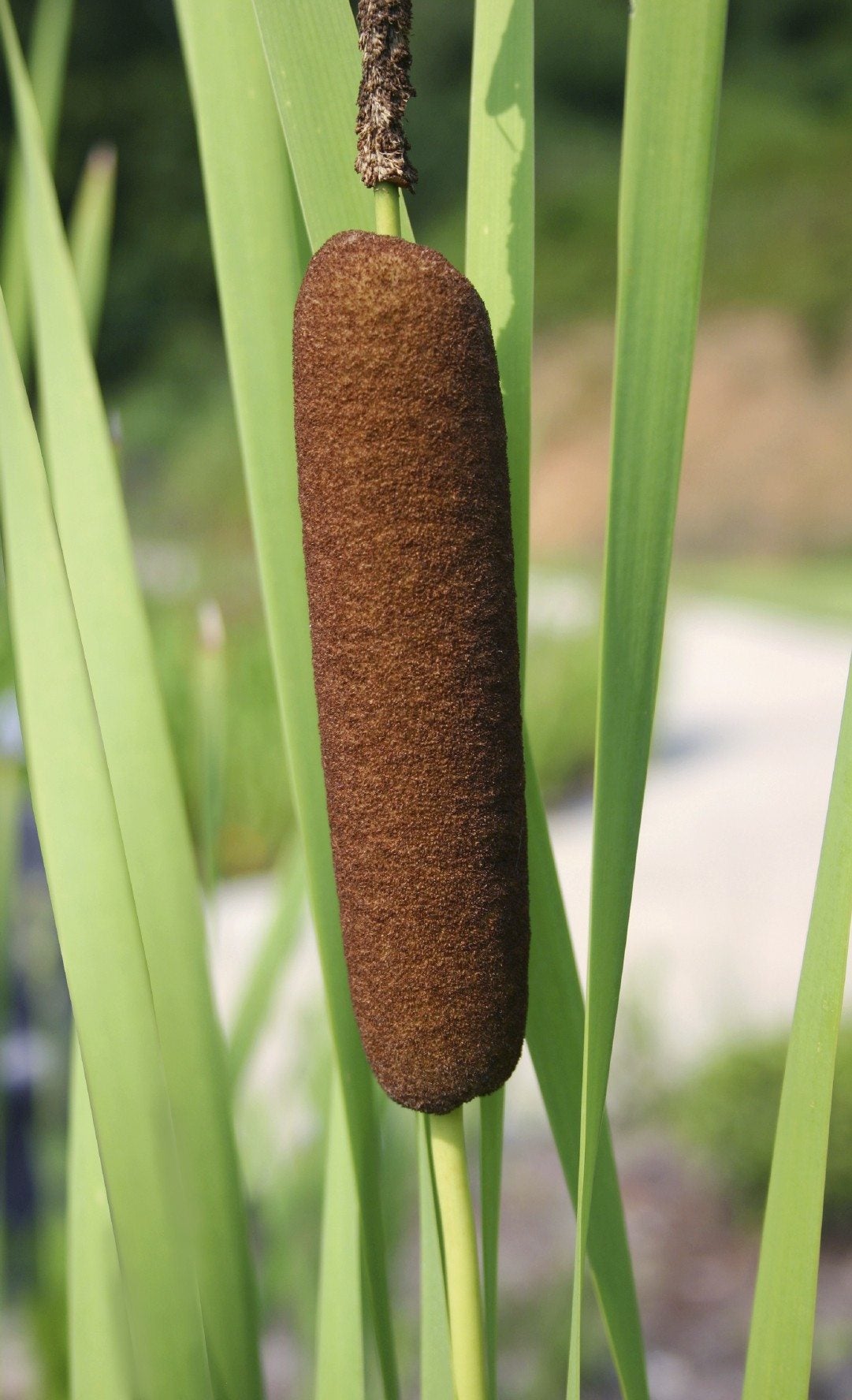
Did you know wild cattails are edible? Yes, those distinctive plants growing alongside the water’s edge can easily be harvested, providing a source of vitamins and starch to your diet year-round. This common grass is very easily identified in nature. As a food, and many other purposes, its benefits are numerous for everyone from day hikers to wilderness survivors. Read on to learn more about what cattails are used for.
How to Harvest Cattails
Virtually all parts of the cattail plant are edible at some point in the year. In summer, cattail harvesting can be as simple as picking one right off the plant. The lower part of the stem is white and, when eaten raw, tastes like cucumber. If you cook it, it tastes like corn. The pollen can be removed from the stalk simply by shaking into a paper bag. It can be used as a thickener for soups and stews. In late summer, the green flower heads can be eaten like corn on the cob. In autumn, the roots can be harvested by soaking in water until a gel forms. You can use the gel in bread making and soups.
What are Cattails Used for?
In addition to harvesting cattails for food, they have many other uses. Basically, cattail harvesting can provide water, food, shelter, and fuel for fire, almost everything needed to survive in the wild.
- The brown, tight heads can be used as a torch when dipped in oil or fat.
- The gel found within the leaves can be used medicinally as a topical anesthetic.
- The heads provide puffy wool-like material that can be used for insulation of clothing, mattresses, and padding when sleeping out in the woods.
- The leaves, when cut, dried, and resoaked, can be used for mats, baskets, hats, or ponchos.
The next time you pass some of those wild cattails blowing in the wind, remember all of the things cattails are used for, and how easy harvesting wild cattails can be. Disclaimer: The content of this article is for educational and gardening purposes only. Before ingesting ANY herb or plant from the wild, please ensure you correctly identify it or consult a professional wild plant harvester for advice.
Gardening tips, videos, info and more delivered right to your inbox!
Sign up for the Gardening Know How newsletter today and receive a free copy of our e-book "How to Grow Delicious Tomatoes".
-
 Looking For Plants To Give You The Soft And Fuzzies? Try These 5 Fuzzy Leaf Plant Options
Looking For Plants To Give You The Soft And Fuzzies? Try These 5 Fuzzy Leaf Plant OptionsLovers of texture, drama, silver foliage and tactile plants will adore these special sensory garden additions. These fuzzy leaf plant options will leave you all aglow
By Susan Albert
-
 Get Ready For A Summer Of Hummers! Grow These Full Sun Hummingbird Plants and Flowers
Get Ready For A Summer Of Hummers! Grow These Full Sun Hummingbird Plants and FlowersIf you’re lucky enough to enjoy a sunny backyard, make sure you are maxing out on your pollinator opportunities and grow these full sun hummingbird plants and flowers
By Tonya Barnett
-
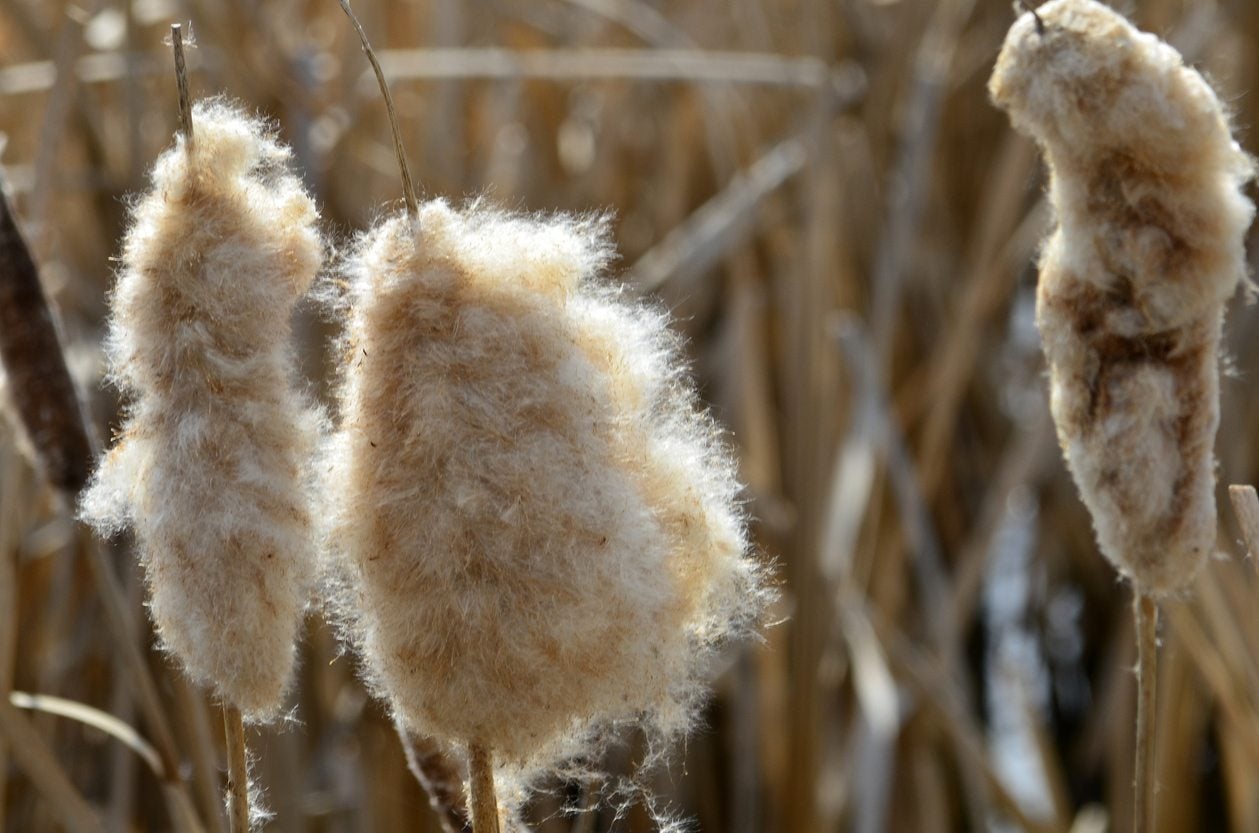 What To Do With Cattail Seeds: Learn About Saving Cattail Seeds
What To Do With Cattail Seeds: Learn About Saving Cattail SeedsCollecting cattail seeds and planting them successfully requires timing and the right conditions. Read this article to learn what to do with cattail seeds and how to propagate this plant with a long history of use. Click here for more information.
By Bonnie L. Grant
-
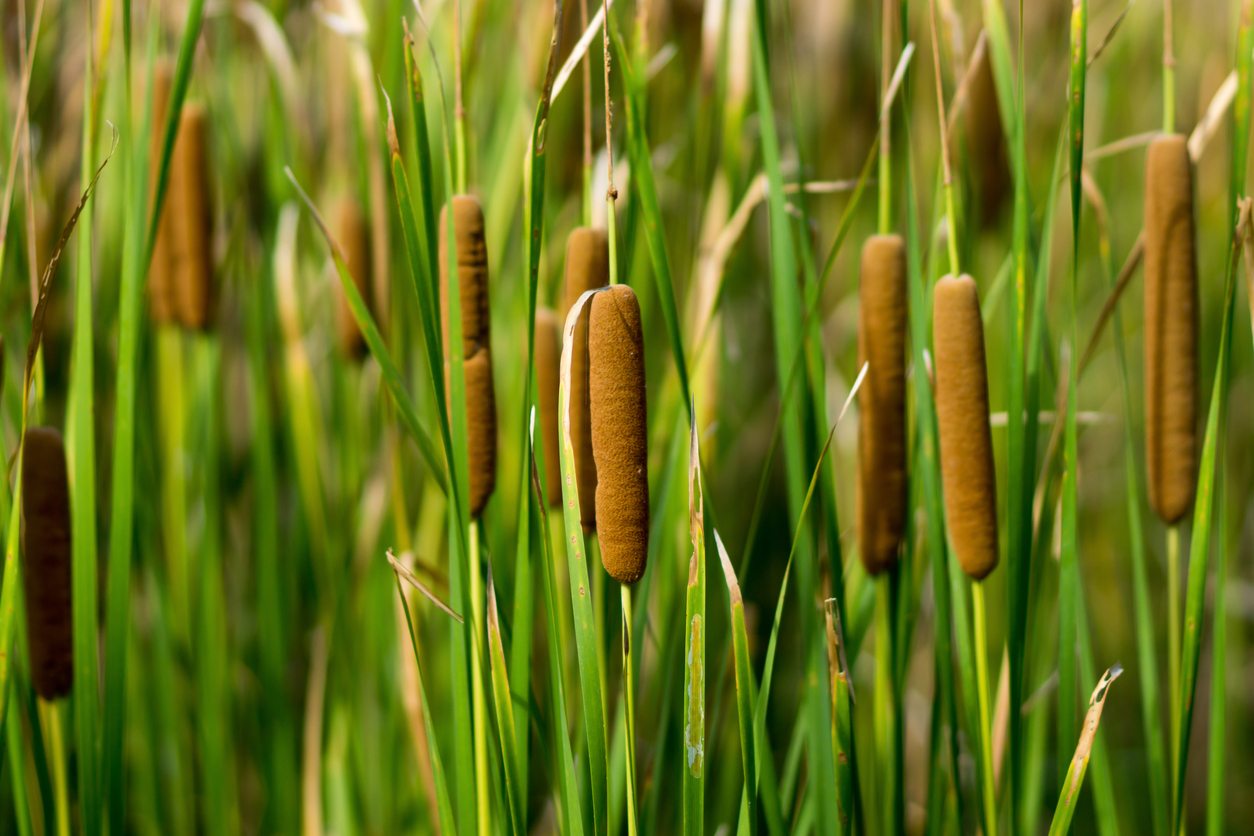 Uses For Cattail Plants: Information On Mulching With Cattails
Uses For Cattail Plants: Information On Mulching With CattailsCattails are notorious for being aggressive. On the plus side, they are one of the best natural filters for ponds, lakes, streams, etc., taking up valuable nutrients that can be used as soil amendments and mulch. Learn about mulching with cattails here.
By Darcy Larum
-
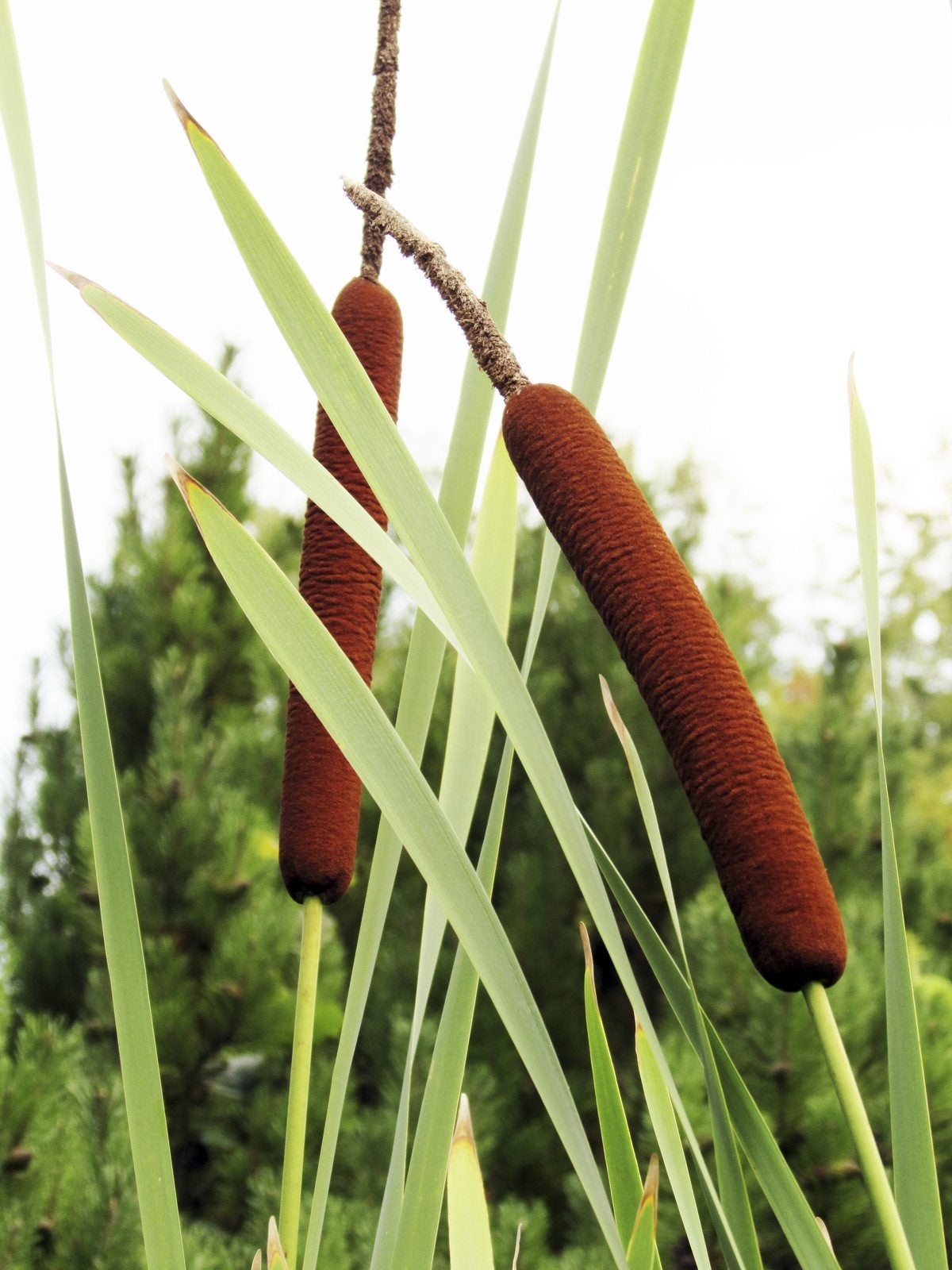 Cattails In The Kitchen – Tips For Using Edible Parts Of A Cattail
Cattails In The Kitchen – Tips For Using Edible Parts Of A CattailHave you ever looked at a stand of cattails and wondered is the cattail plant edible? Using edible parts of a cattail in the kitchen is nothing new, except maybe the kitchen part. So what parts of cattail are edible? Find out in this article.
By Amy Grant
-
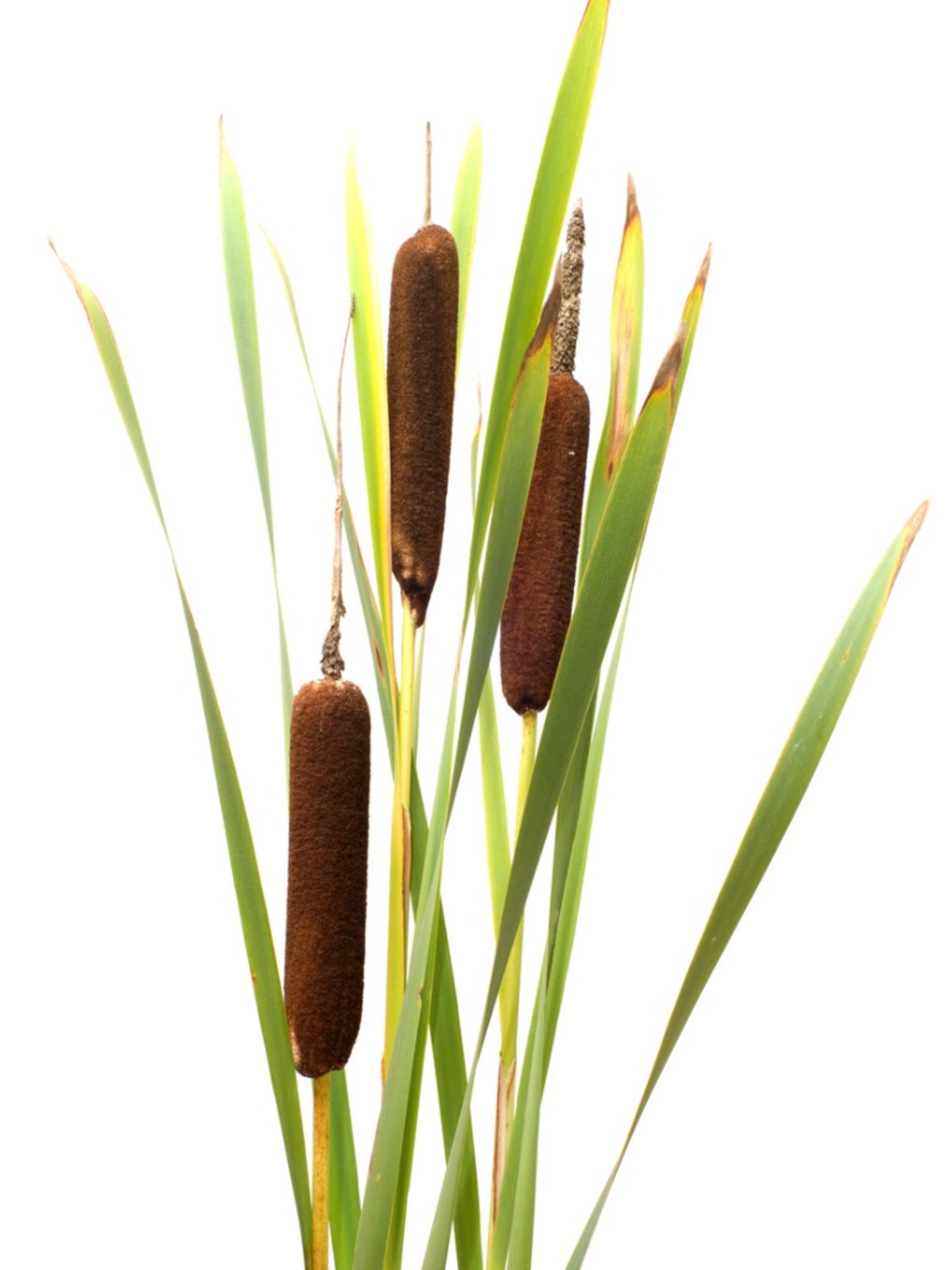 Container Cattail Care: Tips For Growing Cattails In Pots
Container Cattail Care: Tips For Growing Cattails In PotsContainer cattail care is easy in most zones and produces a memorable display for almost the entire year. Learn more about growing cattails in pots in this article so you can enjoy these plants.
By Bonnie L. Grant
-
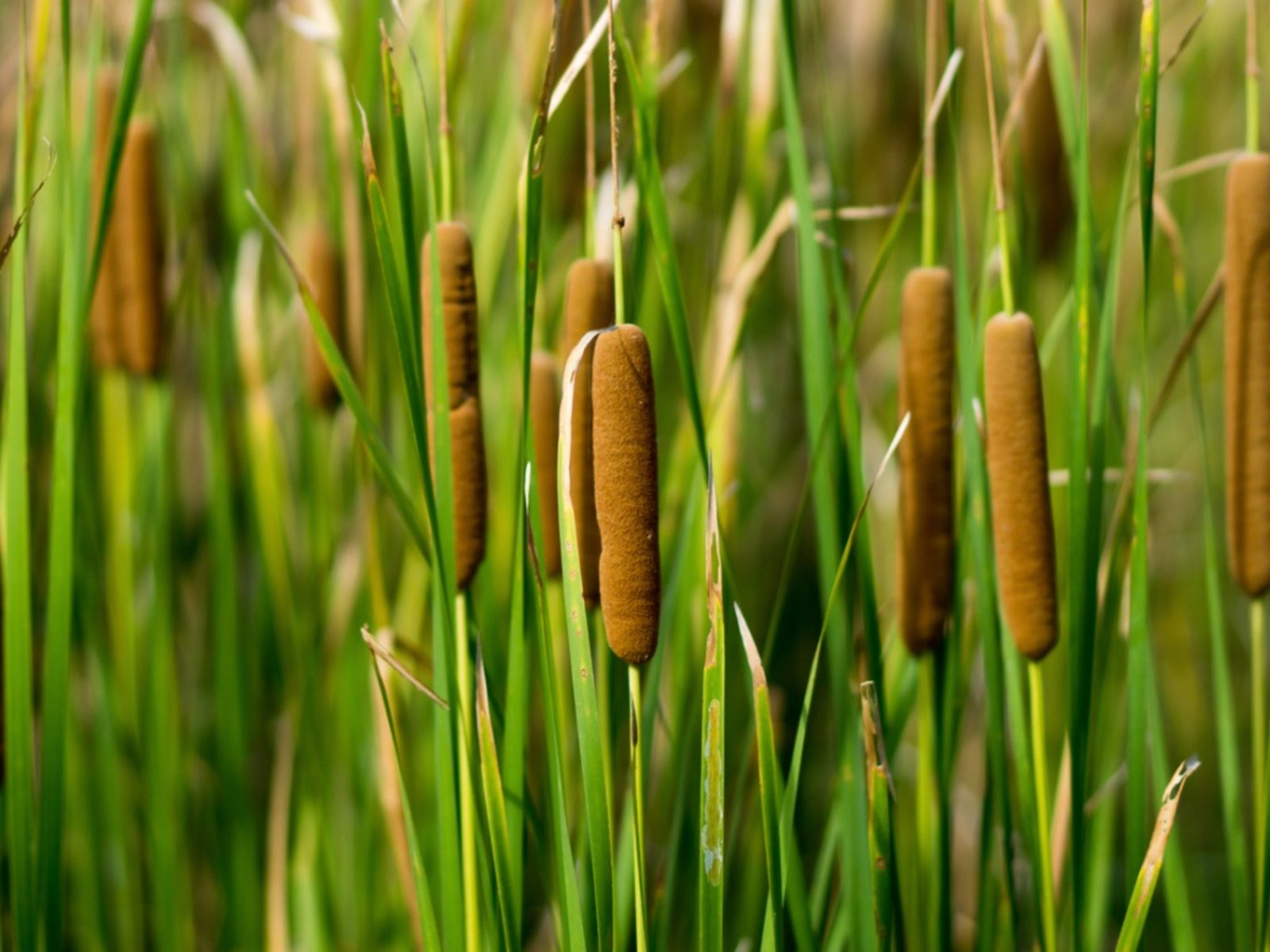 Tips On How To Control Cattails For The Pond
Tips On How To Control Cattails For The PondBy Jackie Rhoades